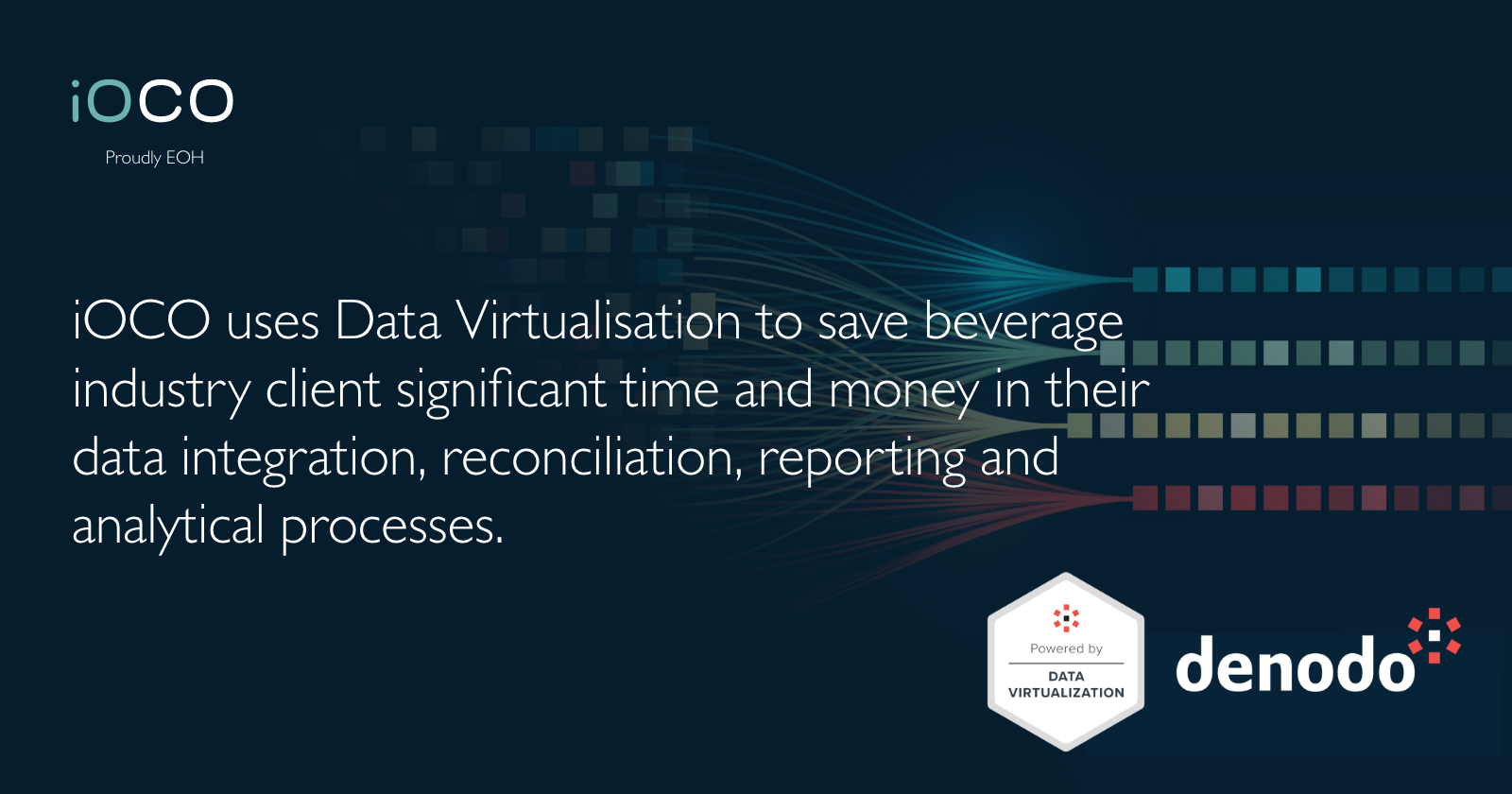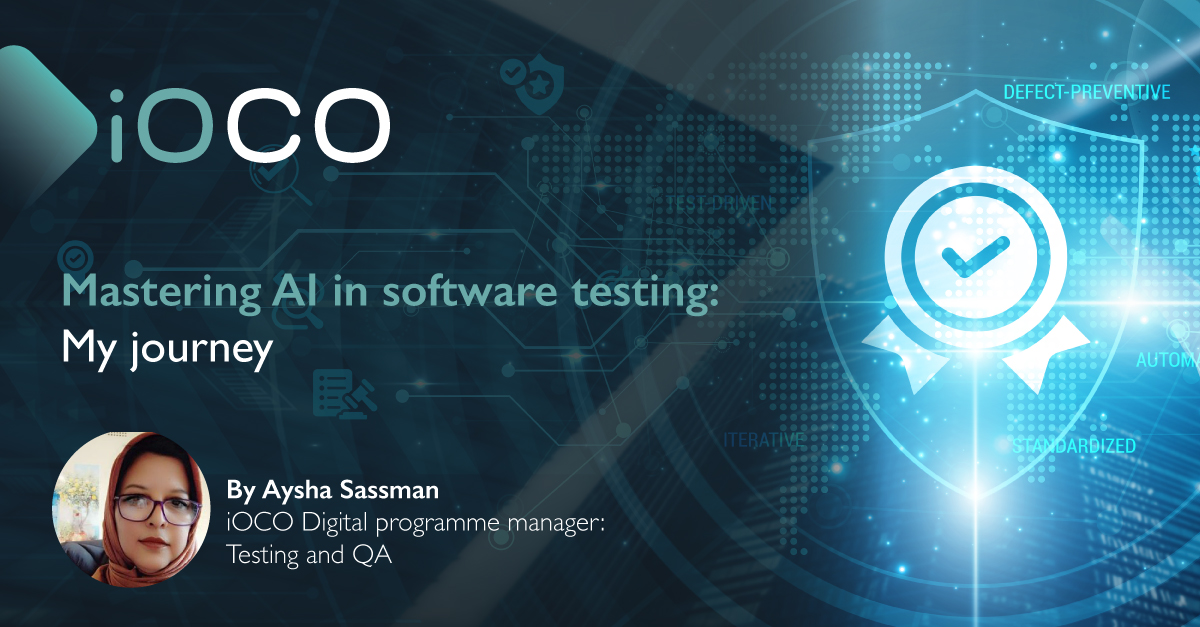iOCO uses Data Virtualisation to save beverage industry client significant time and money in their data integration, reconciliation, reporting and analytical processes.
The Business Challenge
Multiple data silos, lengthy and complex manual reporting processes
As their business grew over the years, our client implemented a number of systems and tools to assist in various business processes.
This resulted in multiple disparate data sources in various locations (physical and virtual), which required lengthy and costly ETL solutions and extensive manual workarounds in order to extract meaningful information and reconcile this data to their ERP systems.
To unlock the value from their vast data sources, the client needed fast, user-friendly access to integrate and report on data from various sources to optimally manage their business within an economically challenging environment.
Typical daily update processes could take up to eight hours just for one day’s data, and that could fail – leaving the business without up-to-date reporting.
The Solution
Our client selected Denodo as their partner of choice to create a logical data fabric – to unlock the value of their data.
By introducing Denodo, the client was able to make use of information from their multiple data sources without having to move data and re-house it through ETL processes in a legacy data warehouse manner.
The various data sources required were connected to Denodo, and through the Virtual Dataport tool development was done to quickly and easily create powerful views, combining information from these sources – ultimately providing access to real-time information. This gave power to our Business Intelligence function to fully maximise on the virtualized approach focusing on speed to market and the ever changing business need.
By leaving the data in source systems the client was able to simply, quickly and cost effectively expose integrated views of all the data to data consumers.
The Achieved Benefits
Through Denodo, more ready-to-consume information is available than ever before, development times for complex reporting have been slashed. From automating the day-to-day reporting in minutes as opposed to hours, through to more complex integration and reporting requirements, Denodo has generated great benefits and cost savings. The client now has a “one-stop shop” for their data needs, regardless of the data source or the required output.
Our client says:
“The introduction of Denodo has allowed us to better understand how data is being used within our organisation, which has resulted in us identifying similar data sets being used across multiple departments. Using the same data source within Denodo has removed the need to reconcile data across those different departments and also sped up the turnaround time for making this data available by introducing automation.”
You can download the case study here.




